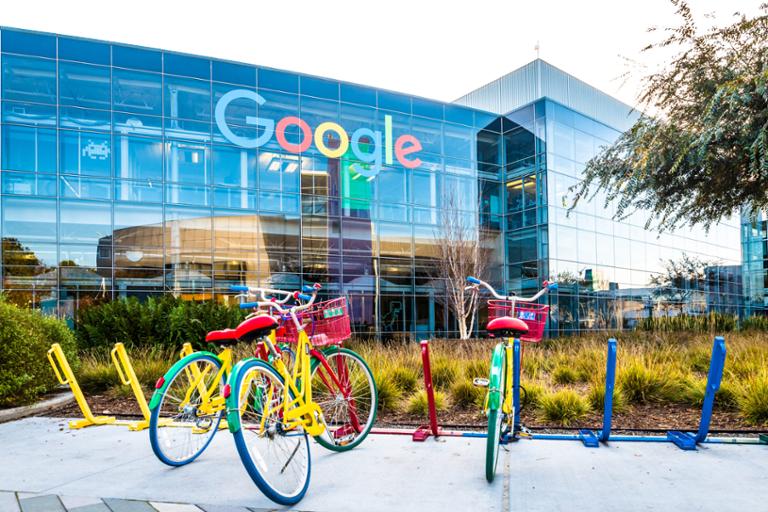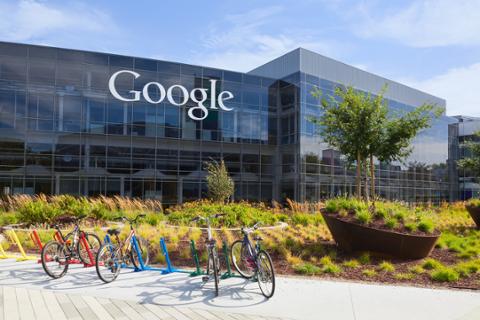Google's Diversity Efforts Worn Down by Attrition
Google is fighting to keep its workforce diverse, according to its latest Diversity Report. After years of slow progress, Google’s U.S. staff is 53.1 percent white, 36.3 percent Asian, 4.2 percent multiracial, 3.6 percent Hispanic/Latinx, 2.5 percent Black, and 0.3 percent Native American, Alaska Native, Native Hawaiian or Pacific Islander. On a global level, the company is 30.9 percent women and 69.1 percent men. (At the leadership level, the mix shifts to 25.5 percent women and 74.5 percent men. ) But while Google has managed to diversify its hiring, attrition is a serious issue. “Attrition rates in 2017 were highest for Black Googlers followed by Latinx Googlers, and lowest for Asian Googlers,” read Google’s diversity report. “Black Googler attrition rates, while improving in recent years, have offset some of our hiring gains, which has led to smaller increases in representation than we would have seen otherwise.” In order to improve workforce representation, the report added, “We must focus not only on hiring, but also on developing, progressing, and retaining members of underrepresented employees, and creating an inclusive culture.” Google has several measures in place to increase diversity among its employees, including a Decoding Race series and interactive learning labs meant to expand “racial awareness” and “the impact of stereotypes.” The company has also made its parental benefits gender-neutral, and claims to have made pay equity a “strong focus.” But there’s still ground to make up. In 2017, the U.S. Department of Labor accused Google of “ systemic compensation disparities against women pretty much across the entire workforce” (in the words of a Department of Labor regional director testifying in court). Google claims that, based on its own analysis, it has “zero statistically significant pay differences” in 2018 salaries, and that it paid out $270,000 to correct pay gaps among 228 employees; that’s significantly less than the $6 million that Salesforce paid out to fix its own gap, according to Gizmodo. Proving there’s no pay gap is important to Google, which, in addition to the Department of Labor inquiry, also faces a class-action lawsuit over gender pay. As with other tech firms publicly wrestling with diversity, Google devotes resources to the pipeline that sends students into technology careers. For example, Google’s Computer Science Summer Institute offers a three-week computer science course to graduating high school seniors. Last year, it also launched Howard West, a cooperative effort with Howard University to encourage more diversity in Silicon Valley. Meanwhile, the tech industry as a whole continues to have a diversification and inclusion problem, according to the latest Dice diversity survey, which polled 3,993 professionals in the U.S. and the U.K. In that survey, some 21 percent of respondents said they had witnessed gender-based discrimination.



